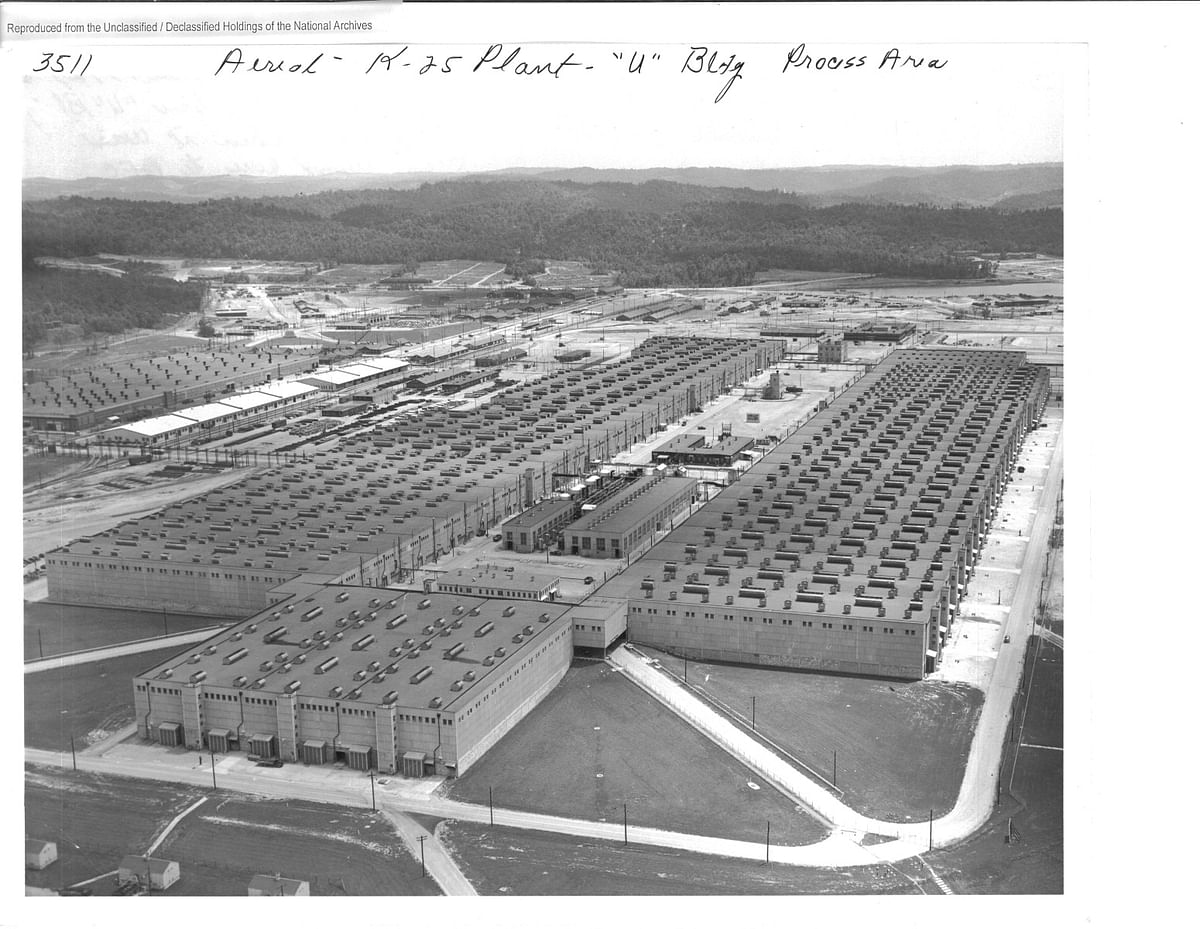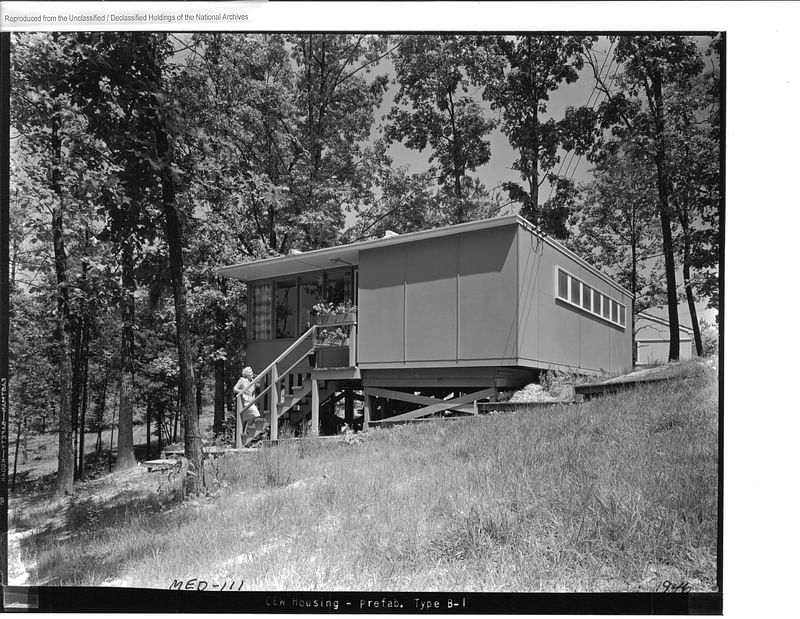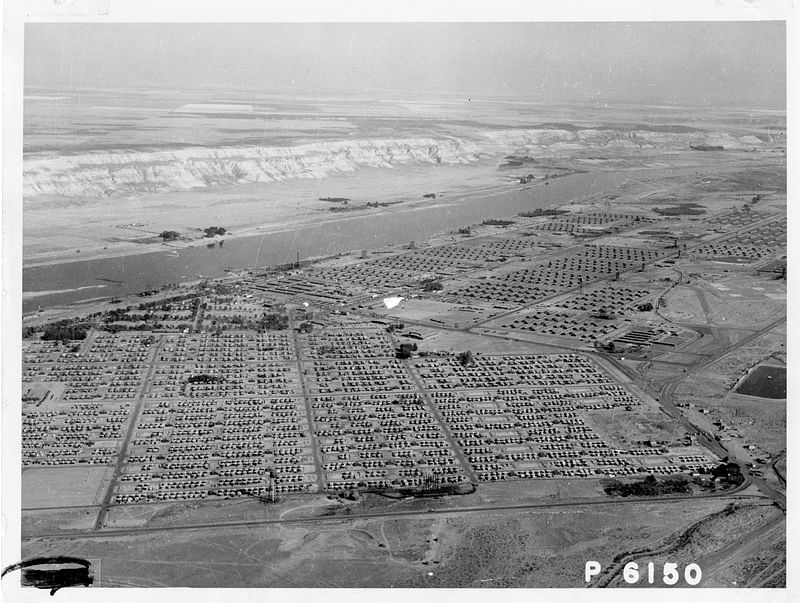Architecture of the Manhattan Project examined at the National Building Museum
By Hope Daley|
Friday, Mar 9, 2018

Related
The National Building Museum's exhibition Secret Cities: The Architecture and Planning of the Manhattan Project examines three cities built from scratch to create the atomic bomb in about two and a half years. Through original documents, photos, artifacts, maps, and models the show explores these cities as case studies in modern urban planning and building technology.

By the end of the war, a total of more than 125,000 people lived in the three cities which appeared on no maps and whose existence was not acknowledged by the federal government. The mystery came to light on August 6, 1945 when the U.S. dropped an atomic bomb on Hiroshima, Japan and President Truman made public the purpose of these sites now called Oak Ridge, Tennessee; Los Alamos, New Mexico; and Hanford/Richland, Washington.


Secret Cities looks at the architecture, engineering, and planning that went into these three mysterious locations—addressing issues within their construction, revealing their continued development after the Manhattan Project concluded, and the significant they have as current sites for research. The exhibition also reveals Skidmore, Owings & Merrill's major role in overseeing the planning of the city and design of most buildings within it.

Secret Cities: The Architecture and Planning of the Manhattan Project will open on May 5, 2018 and will run through March 3 of 2019.

RELATED NEWS An exhibition presenting Germany's top 25 built projects at Deutsches Architekturmuseum


Share
0 Comments
Comment as :